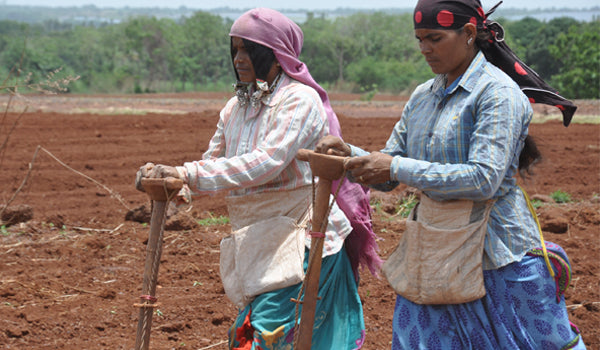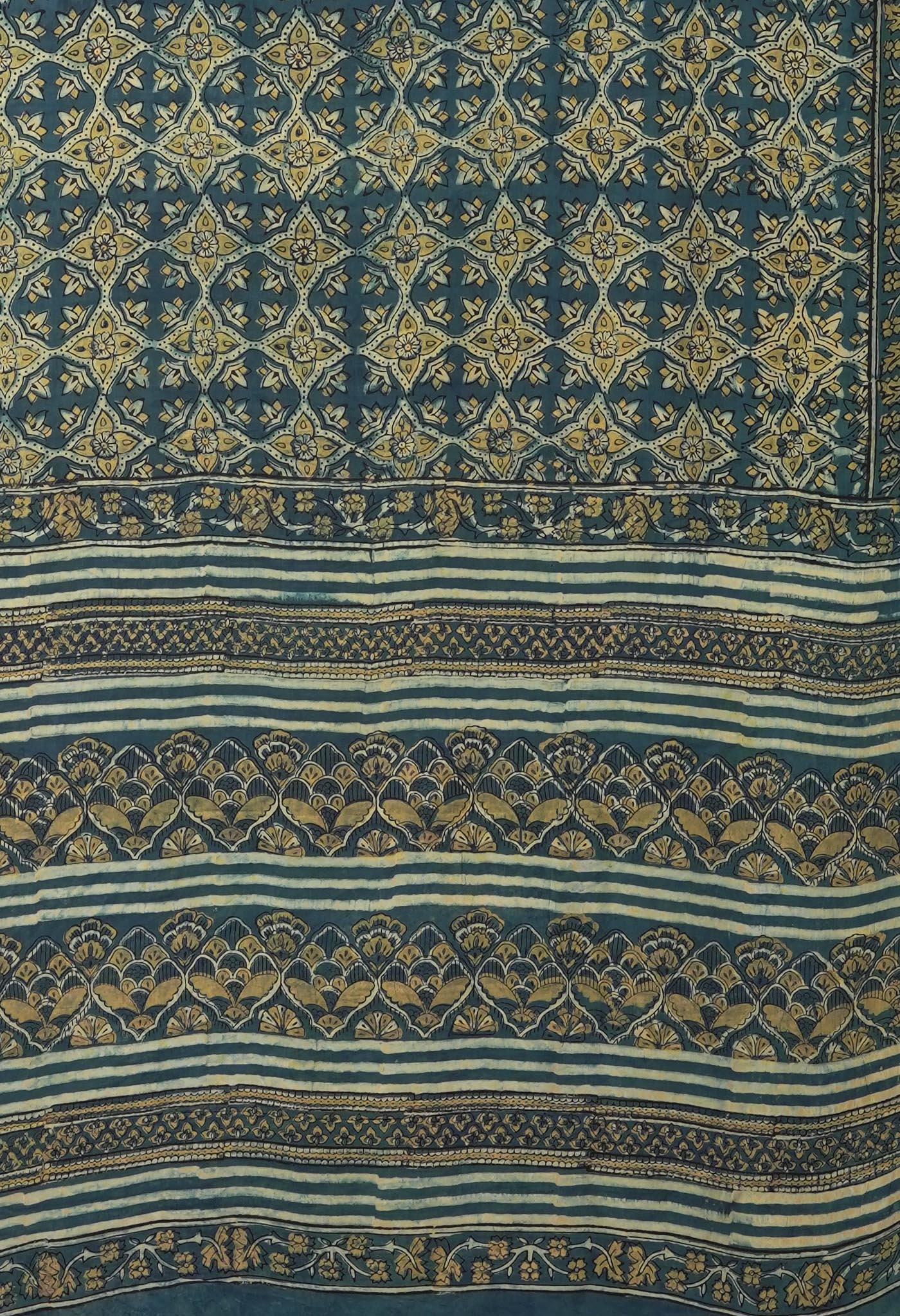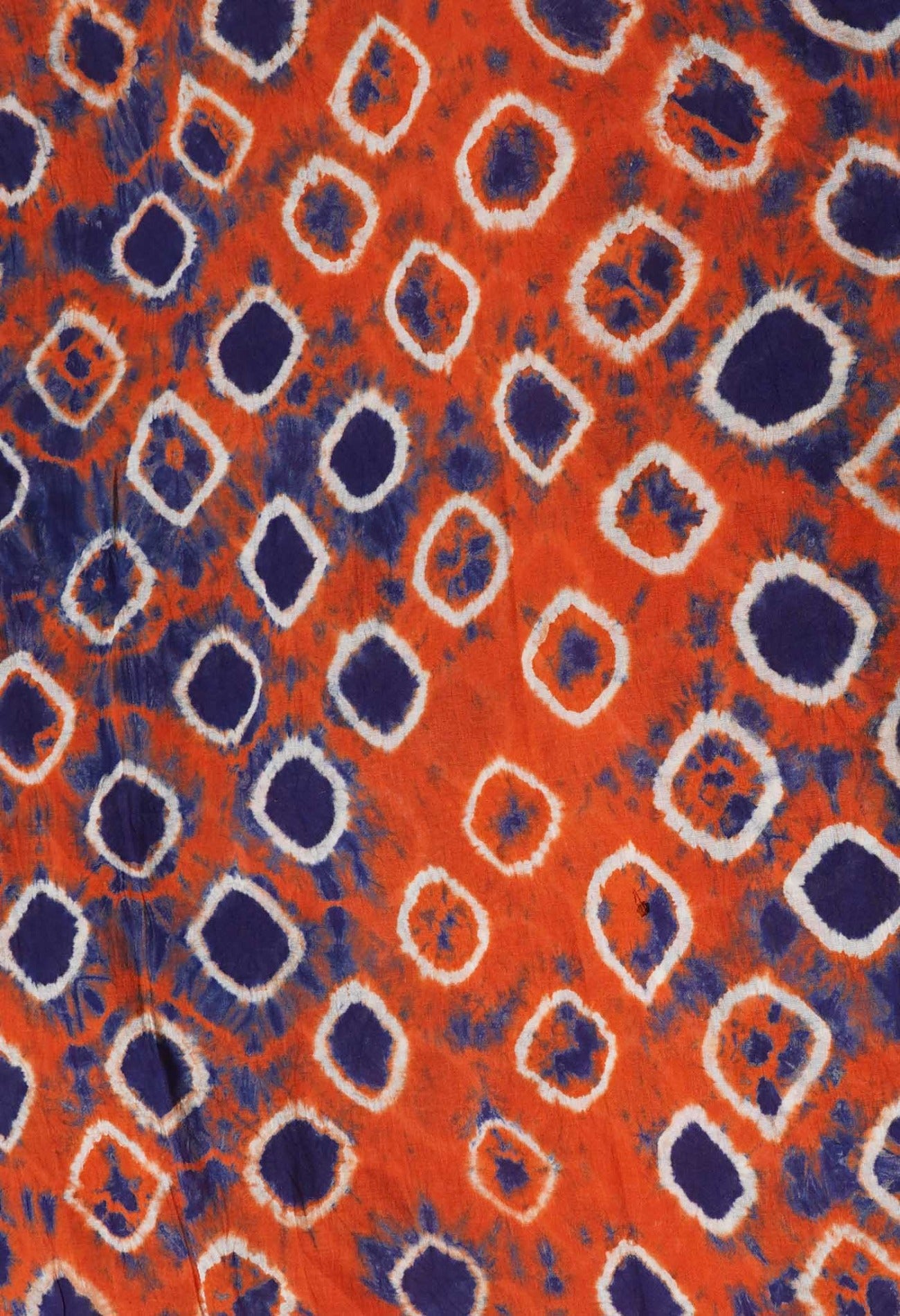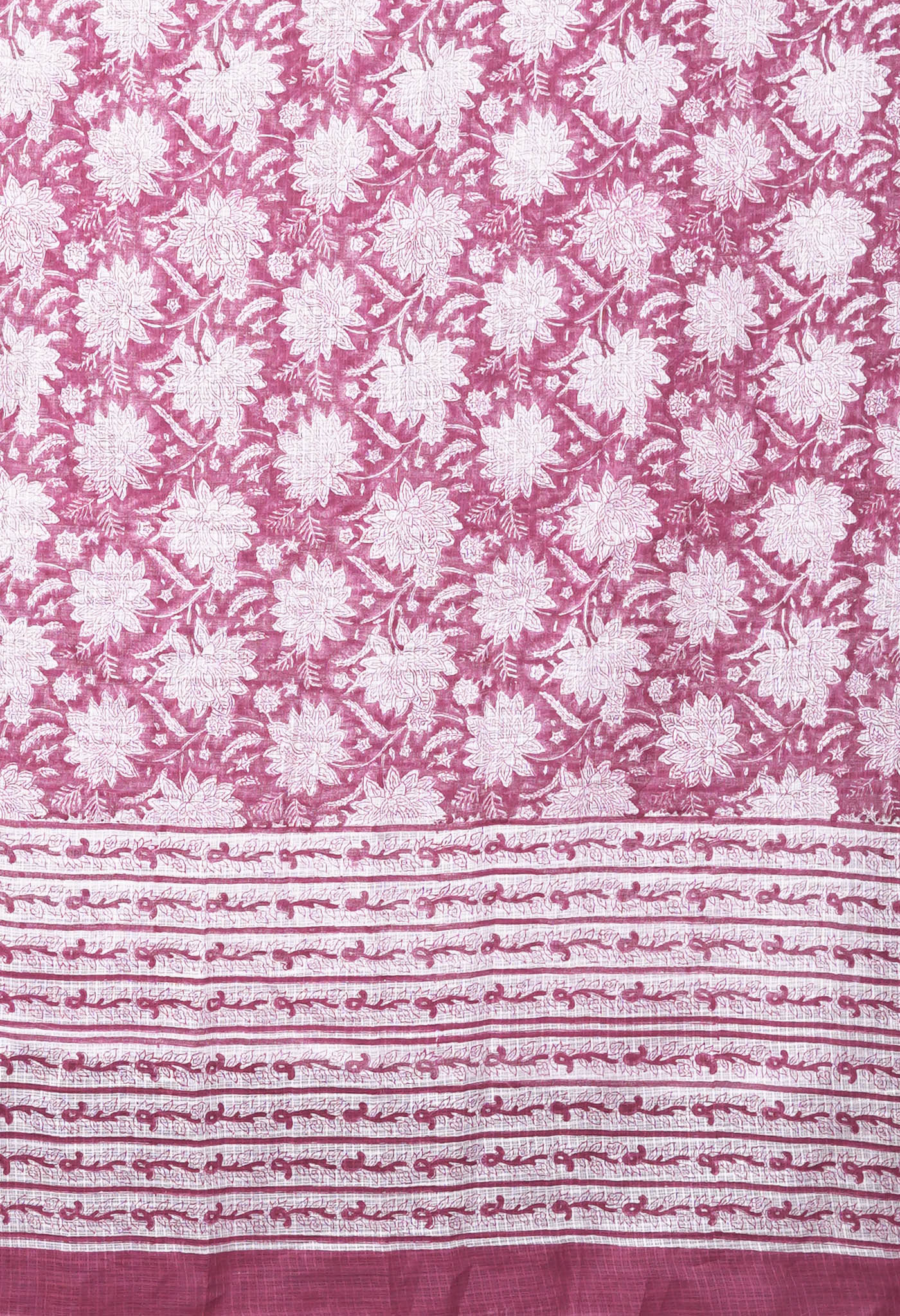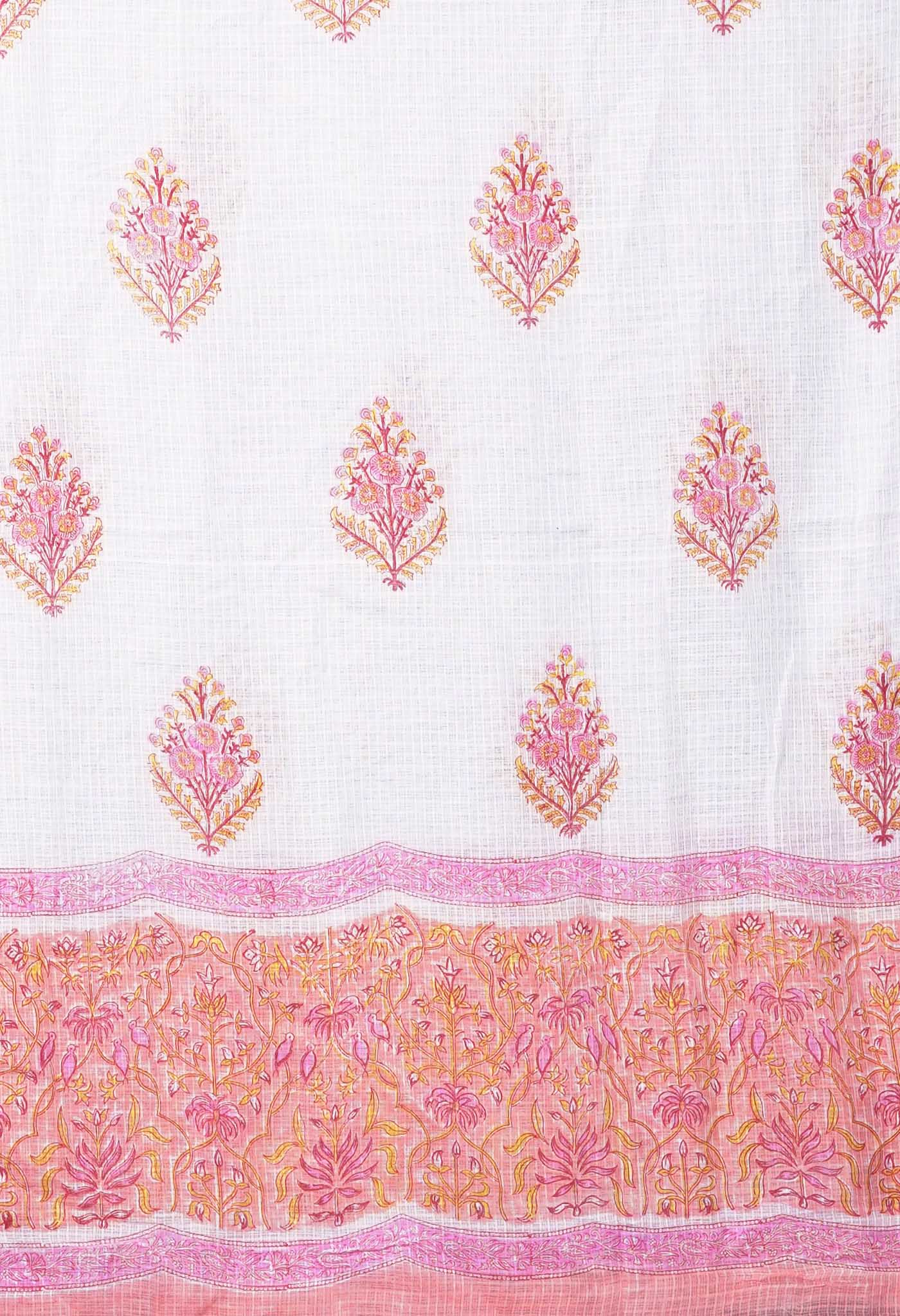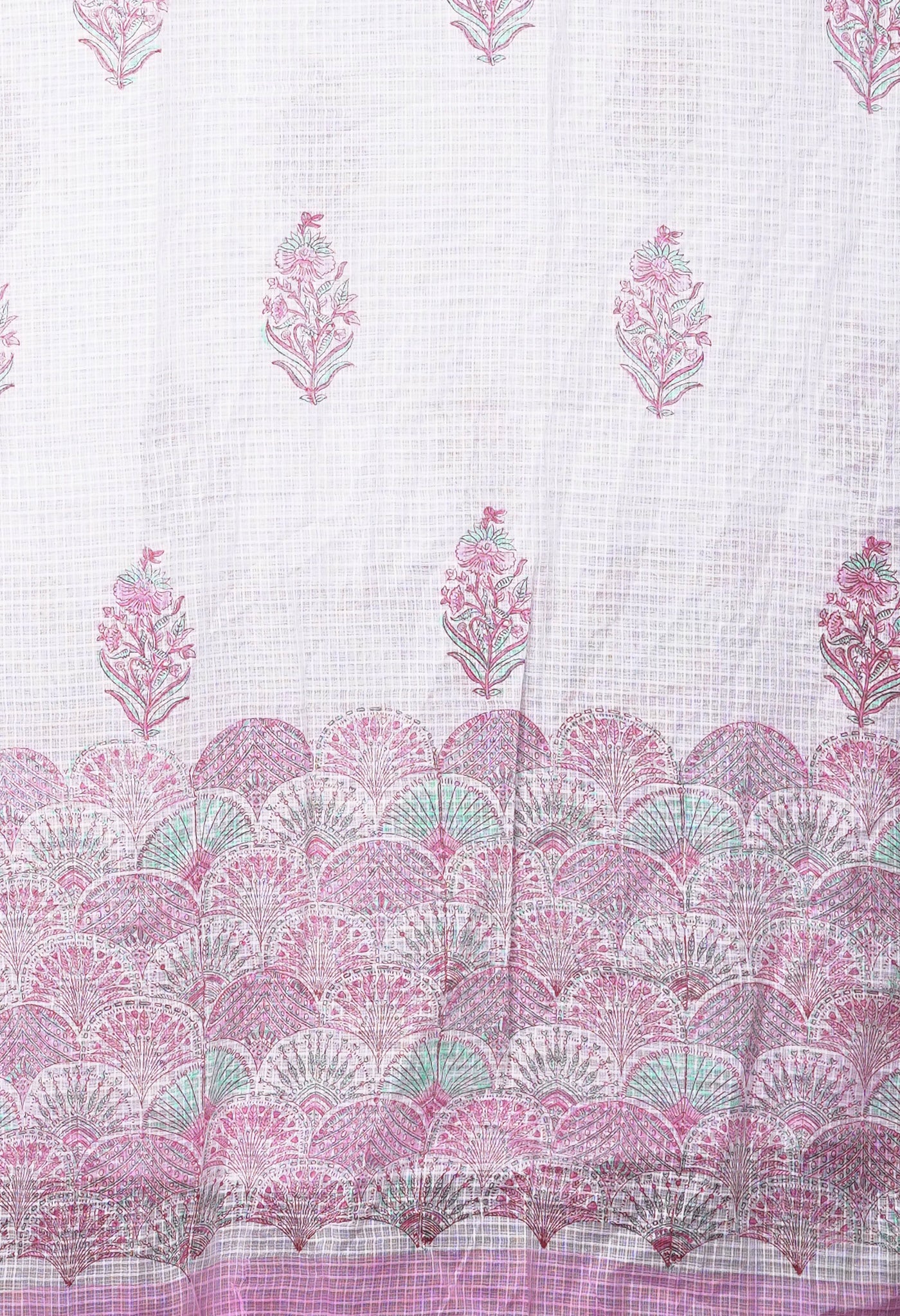Article: Water.org – a study in how availability of microfinance to the rural populace can transform lives

Water.org – a study in how availability of microfinance to the rural populace can transform lives
Water.org CEO & Co-founder, Gary White, from decades of research, traveling across countries around the globe and talking to those affected by the water crisis, discovered a commonality or underlying theme that touched most people’s lives - there are millions of people who are literally spending more than 20 % of their income on water. They are paying high prices for water from vendors or collecting water from unsafe natural sources. Both options cost families their time, money, opportunities and health.
It became clear that charity alone was not going to solve the crisis. There had to be a better path to providing the world with safe water." Gary White CEO & Co-founder, Water.org. This was the inspiration for financial solutions to the global water crisis.
Thus Water.org was born.
Water.org is an American nonprofit developmental aid organization resulting from the merger between H2O Africa, co-founded by Matt Damon, and Water Partners, co-founded by Gary White. Its goal is to provide aid to regions of developing countries (such as Afghanistan, Ethiopia and Chad) that do not have access to safe drinking water and sanitation.
How does water.org help?
Water.org acts as the agency to help the people with needs to secure the loan. This enables the people living in poverty to get access to small loans for water connections and toilets from banks and other lending institutions at low rates of interest. 
This obviates the cumbersome task of the female folk within the family from spending a few hours every day, for walking distances far from their homes, just to fetch water for the family for drinking, cleaning and washing because the money would be spent to get a water tap or a water connection through a pipeline to their homes. Even the much essential toilet installed at their homes, would go a long way in eliminating the cruel necessity for women to wait until dark to ease themselves in the nearby fields.
The findings in more than 12 countries showed that if such small financing were made affordable to those needing it, they would be more than willing to pay for the loans for water and sanitation improvements. For them it meant simply diverting the money they spent for long term solutions towards such money saving measures. And the repayment in almost all cases would be prompt and regular.
What are the other advantages that they achieve by this financial inclusion?
- With the time spent earlier to get water by walking distances for the family literally done away with, that time and opportunity gave the girls going to school or college, to continue their studies.
- It gave the women folk staying at home the time to indulge in some other economic pursuit in the time saved that would enhance the income of the family and bring stability in their lives.
- With safe drinking water available definitely, health of the family would improve since earlier the quality of the water that was brought from a distance could have been suspect and at times unsafe.
 People in need pay for water, but it's costly
People in need pay for water, but it's costly
People in need already pay high prices for water, in terms of both time and money. Sadly, the truth is that many of these families can get a water or sanitation solution in their home for a fraction of their annual water costs. All they need is access to affordable financing to make this a reality. Given a choice and an opportunity to pay for water and sanitation improvements over a reasonable period of time, millions of people living in poverty would finance long-term solutions versus struggle day-to-day to find that next liter of water.
However many financial institutions in developing countries weren’t offering loans for water and sanitation to people in need. So Water.org brought resources and consulting expertise to these organizations, equipping them to successfully add water and sanitation loans to their portfolios of offerings. Through Water Credit, they were making water and sanitation loans accessible to those who need them the most. And the results have been astounding.
Financing does work for people living in povert
Water.org believes in putting the power of water directly into the hands of the people who need it. They found that when given an opportunity to pay for water and sanitation improvements with loans, families opt to finance long-term solutions versus struggle day-to-day to find that next liter of water or a place to go.
From the beginning, Water.org believed it could provide people with small loans at reasonable rates for water connections and toilets, and could create participants in solving the water crisis. Now, more than 31 million people have access to safe water and sanitation at home because of their work. And there are millions more prepared to fund their own solutions if given the opportunity.
The Indian story of Water.org
- When the Missouri-headquartered non-profit founded by Gary White and actor Matt Damon set up operations in India in 2005, it began by doling out grants to help households gain access to safe water and decent sanitation. A few years into their work, they realised that a solution more sustainable than charity was needed.
- When Water.org approached Vedika Bhandarkar to lead their team in India a few months later in early-2016, Bhandarkar complied and began studying the water crisis. Home toilets are often taken for granted, but only 27 percent of the world’s population has domestic sanitation, estimates the World Health Organization. In India, 650 million, or about half the population, lacks access to clean water and sanitation (Wash).
- Bhandarkar learnt that a lack of safe water and sanitation affects women and girls disproportionally. Because they’re tasked with fetching water for their families from the nearest source, often spending up to five hours a day doing so, and they have to wait till nightfall to relieve themselves. With access to water and sanitation, women and girls can spend their time productively by pursuing studies or economic activities. “Issues affecting women and girls have always been close to my heart so this struck a chord,” says Bhandarkar.
- The co-founders saw an opportunity in India’s mature microfinance landscape. Water.org convinced MFIs (Micro Financing Institutions) who were already extending “income generating” loans to those living in poverty to say, buy cattle or a sowing machine, to instead provide “income enabling” loans. These could be used to build household toilets or install water connections. “Research shows that women spend a third of the time they save [by not fetching water or looking for vacant spaces to defecate] on some form of economic activity,” says Bhandarkar.
- After testing this market-based model in India, Water.org replicated it in other countries. In India, the launch of the government’s Swachh Bharat Mission in 2014 provided the impetus to Water. org’s work. Today 27.9 million people have benefited from Water Credit’s interventions; of which 12.3 million are from India.
- Today, average loan sizes vary from about 9,000 for a water connection to about Rs. 14,000 for building a toilet; effective interest rates are 10 percent to 23 percent and interestingly, loan repayment rates are more than 99 percent.
- Bhandarkar says,“As a banker, I serviced clients earning millions and billions. Here I’m helping customers living at the base of the economic pyramid [earning between $1.9 and $6 a day] gain access to affordable finance. They’re literally two ends of the spectrum.”
The need for help from other quarters as well
- There is an estimated $80 bln gap per year in financing for access to water and sanitation that cannot be closed by one stakeholder alone. Besides building the team, scaling operations and bringing in more MFI and banking partners into the fold, Vedika Bhandarkar’s work includes coaxing policymakers to make water and sanitation a priority.
- “As an example, every year, the RBI occasionally reviews its policy for lending to the priority sector,” says Bhandarkar. [Banks are mandated to lend 40 percent of their net bank credit to priority areas such as agriculture, affordable housing and education.] “Working with several other institutions, we were able to include Wash in that. It’s a significant change that helps bring more money into the sector.”
- The World Bank estimates that for universal access to safe water and sanitation $115 billion will be needed per year from 2016 to 2030. The amount of money currently spent in the sector is roughly a third of that, says Bhadarkar. “There’s a $80 billion gap per year in financing which cannot be closed by one stakeholder alone. Everyone needs to come together—the government, private sector, civil society and the financial sector—to solve for this.”
 The need for WaterCredit
The need for WaterCredit
Current efforts to solve the global water crisis were not reaching people fast enough, so WaterCredit was created to help close the gap.
WaterCredit is scaling and the impact is accelerating. Water.org has empowered more than 31 million people with access to safe water and sanitation through small, affordable loans, more than 8 million people in the last year alone.
A few years ago the organization was able to reach one million people in a year. Now reaching this many people is in a matter of months. They work with and through local partners to make Water Credit self-sustaining, helping set-up a system that lasts long after Water. org’s involvement ends.
Once organizations start lending for water and sanitation, they are set up to continue lending. It’s a cycle that continues to reach more people. Water.org works with local financial institutions and other partners who understand the needs of their communities and are invested in their success. It provides technical assistance, connections, and small grants, as needed, so they can provide small loans to people in need of water and sanitation at home.
Partnering for progress
Water.org seeks to do more, faster, and in partnership with others to make financing for water and sanitation affordable and accessible to those in need. It seeks to catalyze system change at all levels – local, national, and global. The approach expands the flow of capital into the sector, addressing the most significant barrier to achieving universal access to water and sanitation.
Water.org increases access to financing by integrating partners, ideas, and approaches to ensure that, like the water solutions it makes possible, affordable finance can flow down to those who need it most.
In a nutshell this is how water.org is powering progress
- Partnering directly with institutions that serve the base of the economic pyramid
- Expanding partnerships to accelerate access
- Strengthening the environment for water and sanitation solutions at a systems level
- Contributing to Sustainable Development Goal
Further the approach is efficient and scaling in impact. It is designed in a way to bring everyone, everywhere access to safe water and sanitation. The target is to transform the lives of 60 million people with access to water and sanitation by 2022. By November 2020, 31 million people have been reached with access to safe water and sanitation through financing — proving the seriousness about achieving the goal and making an impact.
WaterCredit & how it works
WaterCredit is a powerful solution and the first to put microfinance tools to work in the water and sanitation sector. WaterCredit helps bring small loans to those who need access to affordable financing and expert resources to make household water and toilet solutions a reality.
Here’s how it works:
- Water.org identifies a region where people need access to water and sanitation and that is ready for a microfinance solution.
- Then it partners with carefully selected institutions to provide affordable financing for water and sanitation to families in need.
- These microfinance partners establish water and sanitation loans in their portfolio of offerings. Water.org supports them by providing technical assistance, connections and resources to get them started.
- People in need use these small, affordable loans to put a tap or toilet in their homes and access local resources to do the work.
- Every repaid loan can be lent to another family in need of safe water or sanitation.
The track record of WaterCredit
- After more than 15 years in action, WaterCredit is a proven, powerful solution. More than 31 million people in 13 countries now have access to safe water and sanitation.
- Together with 160 partners around the world, water.org catalyzed $2.5 billion in capital to support small loans that bring access to safe water and sanitation to millions of people living in poverty.
- org’s solution is in high demand, sustainable, and reaching people in need. 87% of borrowers are women – those most impacted by the water crisis – and the majority of households borrowing the loan
The Impact of WaterCredit
- 99% of loans through WaterCredit are paid back87%of borrowers are women$363is the average loan size
- It’s smart, simple and sustainable. More importantly, it helps the people who have been empowered, to solve their immediate need and continue to enrich their lives long after the original loan has been repaid. This solution works because it recognizes people as consumers with autonomy and empowers people to define their own futures.
- Through WaterCredit, women who previously spent hours each day collecting safe water have time to pursue education, work and keep their families safe and healthy. That’s the power of water.
Fundamentally an endeavor on sure footing that is doing well, and with more and more willing to avail these small loans to improve their lives, it simply needs increased involvement of those willing to participate in the money lending exercise and widen the ambit of people benefitting from such a sustained effort.

